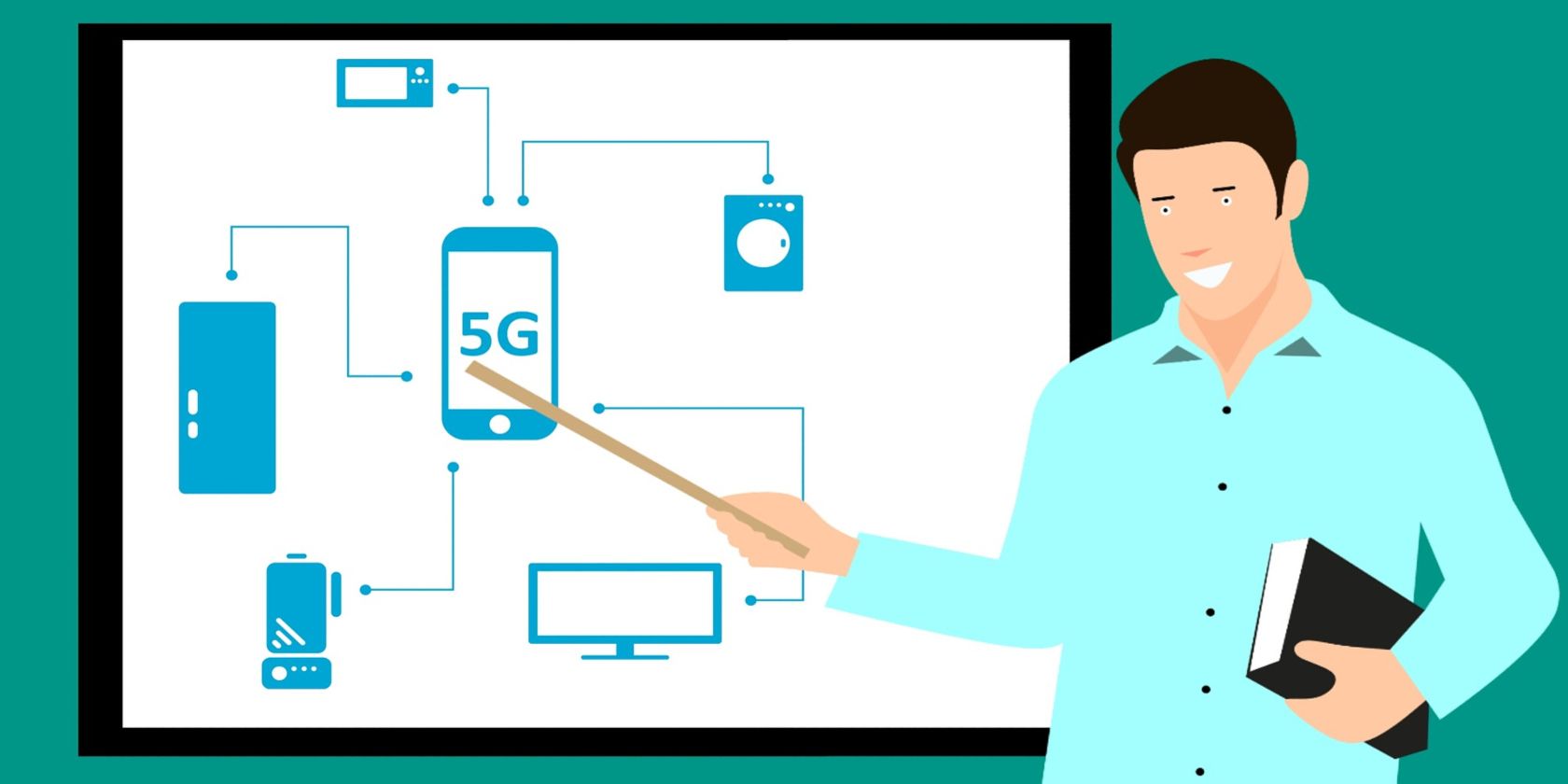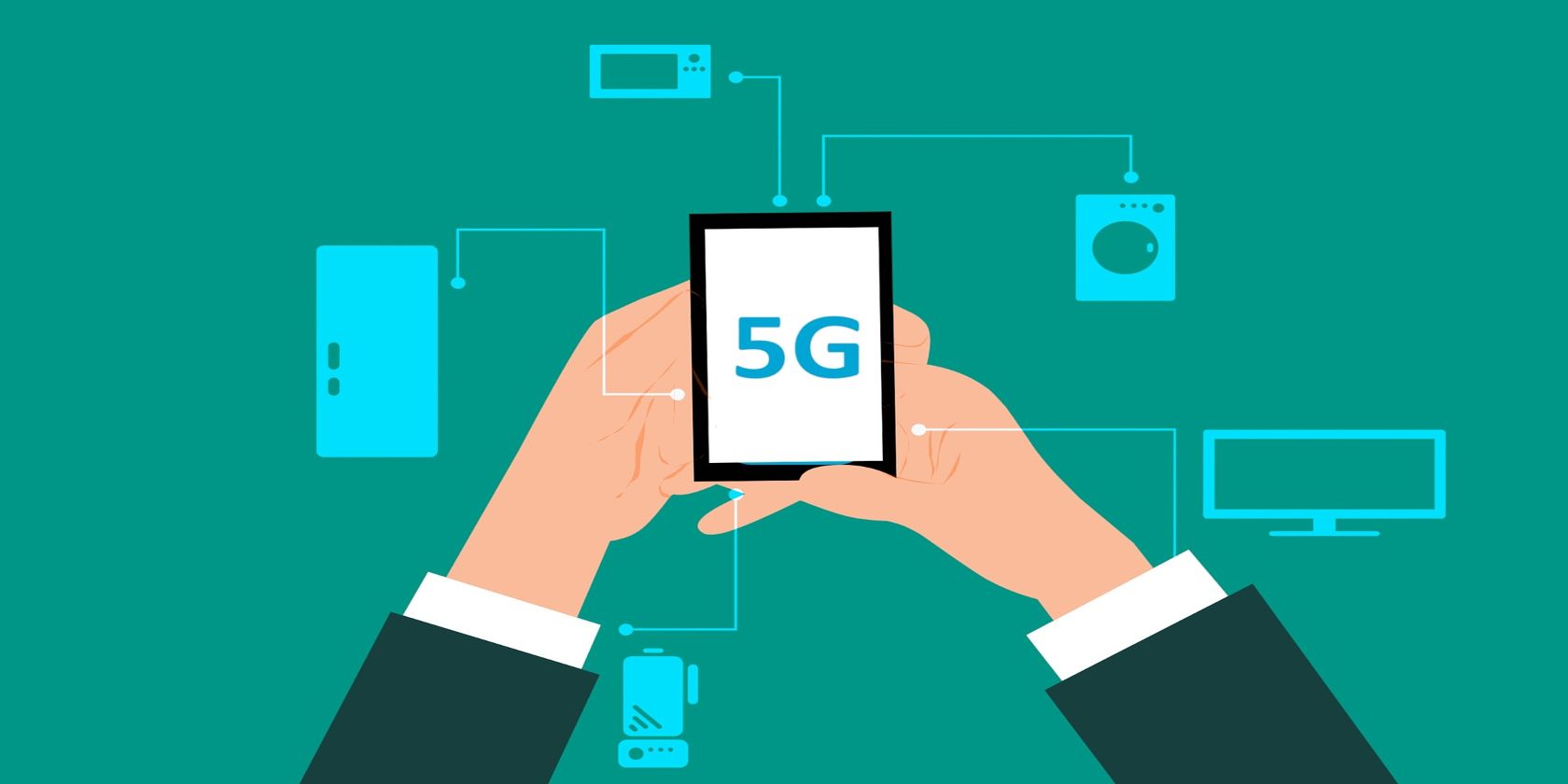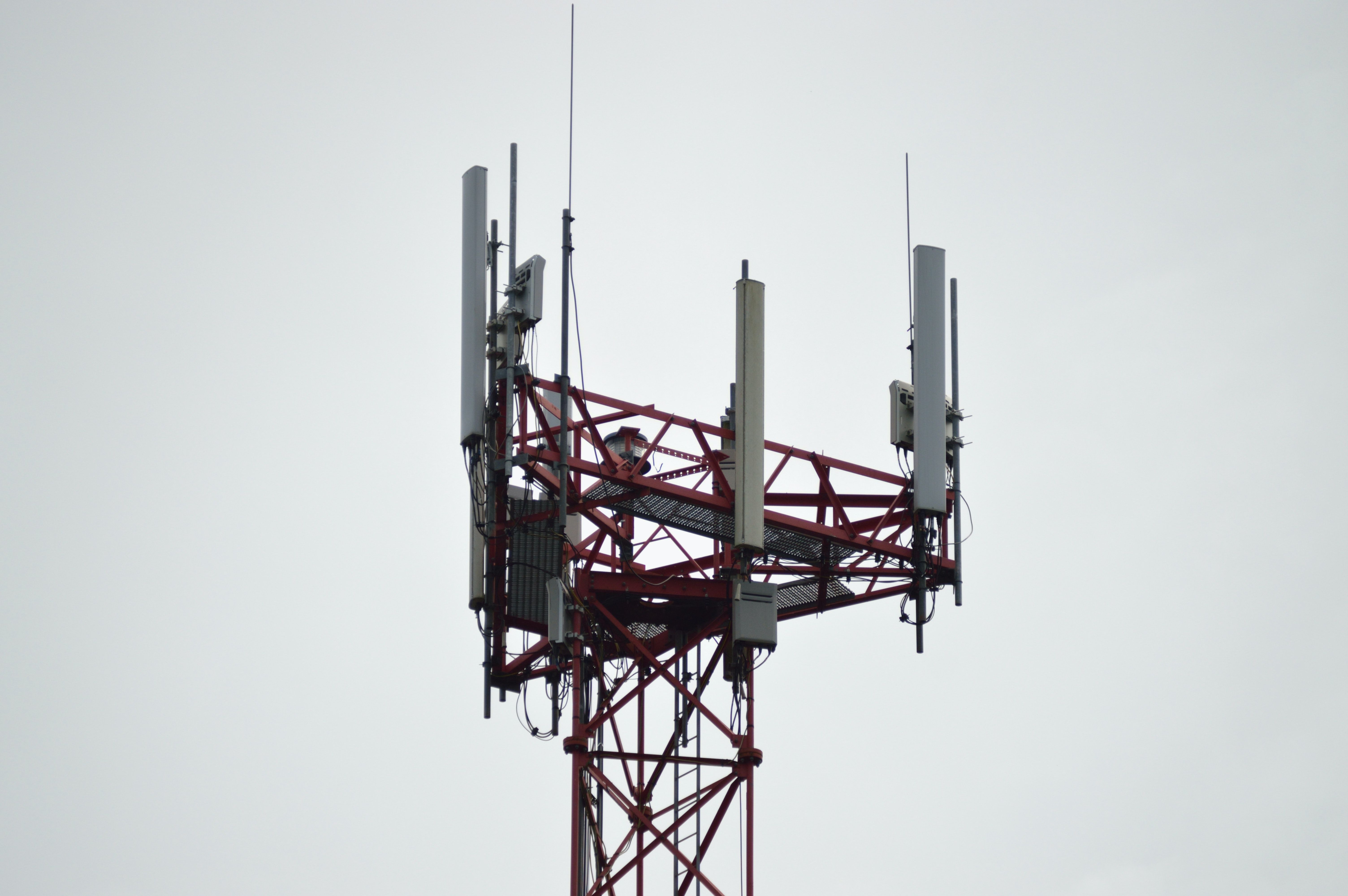There's a lot of misinformation and confusion surrounding 5G. So, let's clear some of it up.
It's difficult for most people to wrap their heads around 5G technology. Not only are there multiple prominent bands that offer different speeds, but there's a controversy that haunts it. Since 5G is going to become a major part of the technology landscape in the coming years, it's necessary to know what it is, and better yet, what it's not.
What Is 5G Technology?
Those of you who are familiar with modern technology will have a pretty good idea of what 5G is. It's a method of transmitting data from an electronic device to the internet and vice versa. Much like Wi-Fi, it connects devices like computers, smartphones, and tablets to the internet.
5G, like other forms of transmitting data, uses electromagnetic waves. Middle-of-the-road 5G uses microwaves in the range of 2.5-3.7GHz. This equates to an average wavelength of about .1 meters. When you pit 5G and 4G against each other, you will undoubtedly see some major differences in wavelength and speed. For example, 4G has an average wavelength of about .35 meters. Basically, this means that 5G has wavelengths roughly 72% shorter than 4G.
When Did 5G Come Along?
It's pretty debatable when 5G really began to hit the public. During the late months of 2018, Verizon and AT&T were doing limited tests with their own version of 5G in those early months. AT&T boasted that it was the first to bring 5G to the table---they turned their towers on in December of 2018. Though this was true, it was limited to certain business customers.
It's hard to say if this was a true launch.
The technology had really begun to take off in 2020. Throughout this time, carriers were working to bring coverage to more areas. In the beginning, 5G was limited to densely populated areas, and those areas were small. At this point, people were complaining about losing their 5G signal after moving only a few feet away.
Nowadays, 5G is in a much better place. According to Livewire, Verizon offers 5G to more than 2,700 cities in the US, and AT&T claims to offer it in over 14,000 cities. These are all different variations of 5G, so coverage and speeds will vary from city to city.
Also adding to the confusion is the fact that companies can sometimes brand their 5G as something different. This is a case with AT&T's 5GE. People are wondering what 5GE is, and if it's any better than the competition.
What Are the Different 5G Bands?
When people talk about 5G technology, they sometimes talk about different bands. This only adds to the confusion. A band is a certain range of frequencies for wireless communication. As stated before, middle-of-the-road 5G is between 2.5 and 3.7GHz. That's a specific band.
There are various bands of 5G, but for the sake of simplicity, we will stick with the three prominent bands. The band indicated above is what is mostly used for average users in more populated areas. Lower power bands are around the 700MHz range, and these are largely for big events and open areas.
You might have heard the term "millimeter-wavelength" when people refer to certain 5G bands. As its name implies, the wavelength of the signal is on the scale of millimeters. With these, you have frequencies as high as 40-60GHz. These offer improved performance for residential areas.
The Controversy and Misconceptions Dealing With 5G
One of the most dangerous threats to 5G is misinformation. While most of the world has embraced 5G as the next frontier of communications technology, there are still groups of people who aren't moved.
Concerns over the Coronavirus pandemic and the threat of cancer pervade the masses. This has led to some people boycotting the technology and worse.
The 5G Coronavirus Conspiracy Caused Panic Among Some People
2020 was not easy for any industry---the tech industry is no different. The spread of 5G coincided with the spread of the Coronavirus. This led many folks to believe that 5G was the cause.
Around the world, people were protesting the technology and burning down 5G towers. The most serious example is the onslaught of protesters in the UK. In April of 2020, it was reported that around 77 5G towers were attacked and burned down. Though this didn't stop 5G from progressing, it certainly didn't help the situation at all.
After all, it's completely inconceivable that electromagnetic waves could create a virus.
Concerns Dealing With the Risk of Cancer
There has been concern throughout the years about the concern of getting cancer from our devices. Unlike the Coronavirus conspiracy, this assumption is actually based on sound science. When dealing with electromagnetic radiation, if the energy is strong enough, there's the risk of getting cancer.
Without delving into quantum physics, the shorter the wavelength of the radiation, the more energy. Let's use the 5G bands from above. The mid-ranged bands (2.5-3.7GHz) have wavelengths shorter than that of the millimeter-wavelength (60GHz). This means that the mid-ranged bands carry less energy than the millimeter wavelengths.
The question is, "how short do these wavelengths have to be before I need to worry?" The answer is "Extremely short!" Let's use some powerful millimeter wavelengths and put this into perspective.
If we have a 60GHz band, it will have a wavelength of around 5 millimeters. In order for radiation to start being dangerous, it will need to have a wavelength of about 400 nanometers! What this boils down to is the fact that in order for the 60GHz band to even begin to become a threat, the wavelength would have to be about 120 times shorter.
5G Moving Forward
Where is 5G going? It's every carrier's goal to make 5G mainstream, which is a daunting task in any capacity. One step the carriers will take is shutting down their 3G towers in the near future. Verizon stated that it will be shutting down its 3G towers by the end of 2022, and that will be months after AT&T and T-Mobile do the same thing. This means that the companies will be able to focus more on their 5G technology.
As 5G matures, we will see it used for more applications and industries. Sure, it's fun to stream videos and download games at lightning speed on your phone, but the added speed that 5G offers can bring some welcome benefits to professionals.
Businesses can better stay connected and communicate. They can hold virtual meetings on a much larger scale. In the medical field, scientists were even speculating on using 5G to communicate with robotic arms that will perform surgery. The possibilities are still being explored.
5G Is Changing Fast!
5G is in a state of rapid growth and change right now. While most of the world hasn't been exposed to the full benefits of the technology. In a year or so, however, there's no telling how different the digital landscape will be. 5G may very well be the cornerstone technology behind some fundamental aspects of our daily lives.




